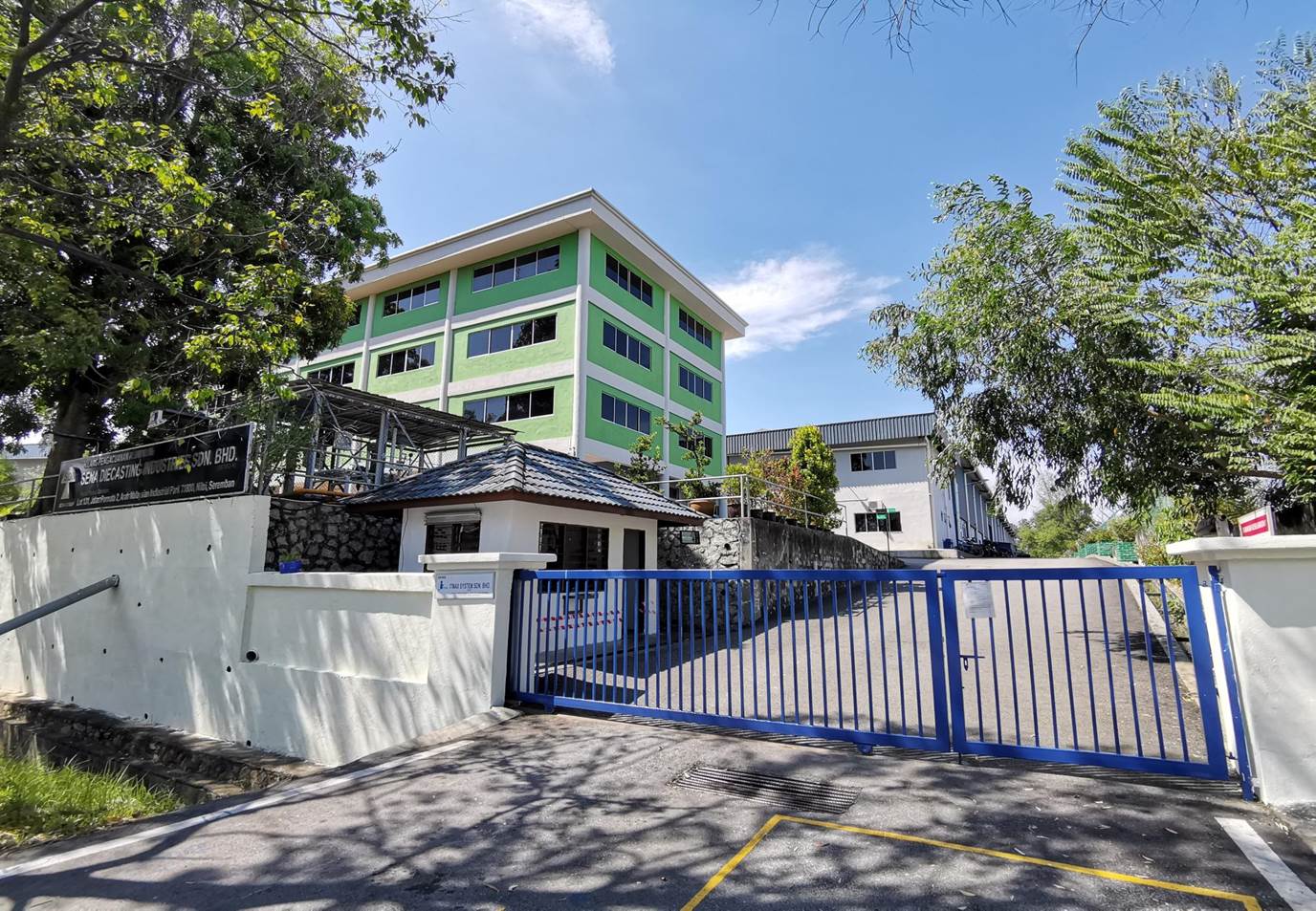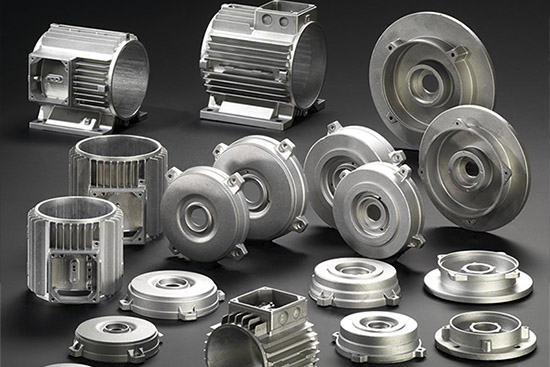The Precision Craft of Diecasting: Revolutionizing Manufacturing
The Precision Craft of Diecasting: Revolutionizing Manufacturing
Blog Article
Diecasting is a highly-specialized manufacturing method that turns melting metal into precise elements using high-pressure molds. It has gained a place of importance across a range of industries, including automotive, aerospace, electronics as well as consumer products, because it can make complex shapes with remarkable accuracy and consistency. In combining the principles of metals with modern engineering diecasting can provide unrivalled effectiveness and precision. This makes it a fundamental element of contemporary manufacturing. This article explores the complicated world of diecasting, looking at its procedure, advantages and potential applications.
At the heart of diecasting is the mold known as a"die," which carefully crafted out of hardened steel to withstand the tough conditions encountered in diecasting. The layout of the die is vital, since it must accommodate the molten metal's flow and solidification while maintaining tight tolerances for the highest level of precision. When diecasting is performed, metals such as aluminum, zinc, magnesium, and copper are heated up until they get molten. This molten metal is then forced into the die cavity with high pressure, and fills every crevice and crevice of the mold. Rapid cooling and formation of solidified metal results in components that have exceptional dimensional accuracy as well as a perfect surface finish, usually without the need for further processing or finishing.
One of the major benefits of diecasting is the efficiency when it comes to mass production. When the dies are made this process is able to be repeated thousands or hundreds of times with minimal variation between pieces. This level of consistency is critical in industries that need large quantities of similar components. In addition, diecasting is renowned as an efficient material. The process generates lower waste than different metal-forming methods because excess metal can be recycled and reused. It not only lowers costs for materials, but it also contributes to better sustainable production methods. A combination of the speed, precision and efficiency of the material makes diecasting a viable alternative for large-scale production.
Diecasting can also provide significant benefits with regard to mechanical properties and performance. Parts made by diecasting are well-known for their toughness and durability as they are the most important characteristics for components used for demanding tasks. The formation of fine-grain structures during the rapid cooling of the metal helps to create these properties that make diecast components suitable for use for high-stress conditions. Moreover, diecasting allows for the inclusion of thin walls and complex components without harming the strength of the product. This is especially beneficial for aerospace and automotive sectors, where cutting down on weight while maintaining structural strength can be crucial to boost fuel efficiency and overall efficiency. To get supplementary details please visit https://www.senadiecasting.com.my/
The versatility of diecasting extends to a wide array of uses across various industries. Within the automotive sector diecasting components are crucial to the design of transmissions, engines, and structural elements, contributing to the production of lighter, more fuel-efficient vehicles. In the electronic sector the use of diecasting can be used to manufacture heat sinks, connectors, and housings to ensure optimal thermal management as well as the durability of electronic devices. The consumer goods industry also is a beneficiary of diecasting, having applications ranging from appliances for the home to power tools, toys and even power tools. The process's adaptability to various metals, as well as its capacity to manufacture parts with intricate patterns make it suitable for numerous kinds of products, each benefiting from the distinct advantages that diecasting offers.
Diecasting is a sophisticated manufacturing process that brings together the highest level of precision, efficacy and versatility. Its ability to produce complex, high-quality components with exceptional mechanical properties makes it essential in all industries. The efficiency of diecasting as a mass-production process, coupled with the material and cost advantages, proves its worth for modern manufacturing. As industries continue to demand robust and high-performance components, diecasting will remain the foundational technology for innovation and enabling the production of innovative products that fulfill requirements that are constantly evolving in the market. By its continual advancement and use it is an example of excellence in engineering and manufacturing proficiency.